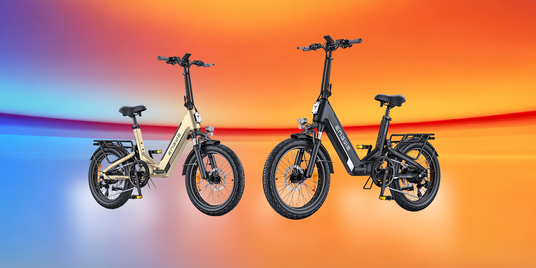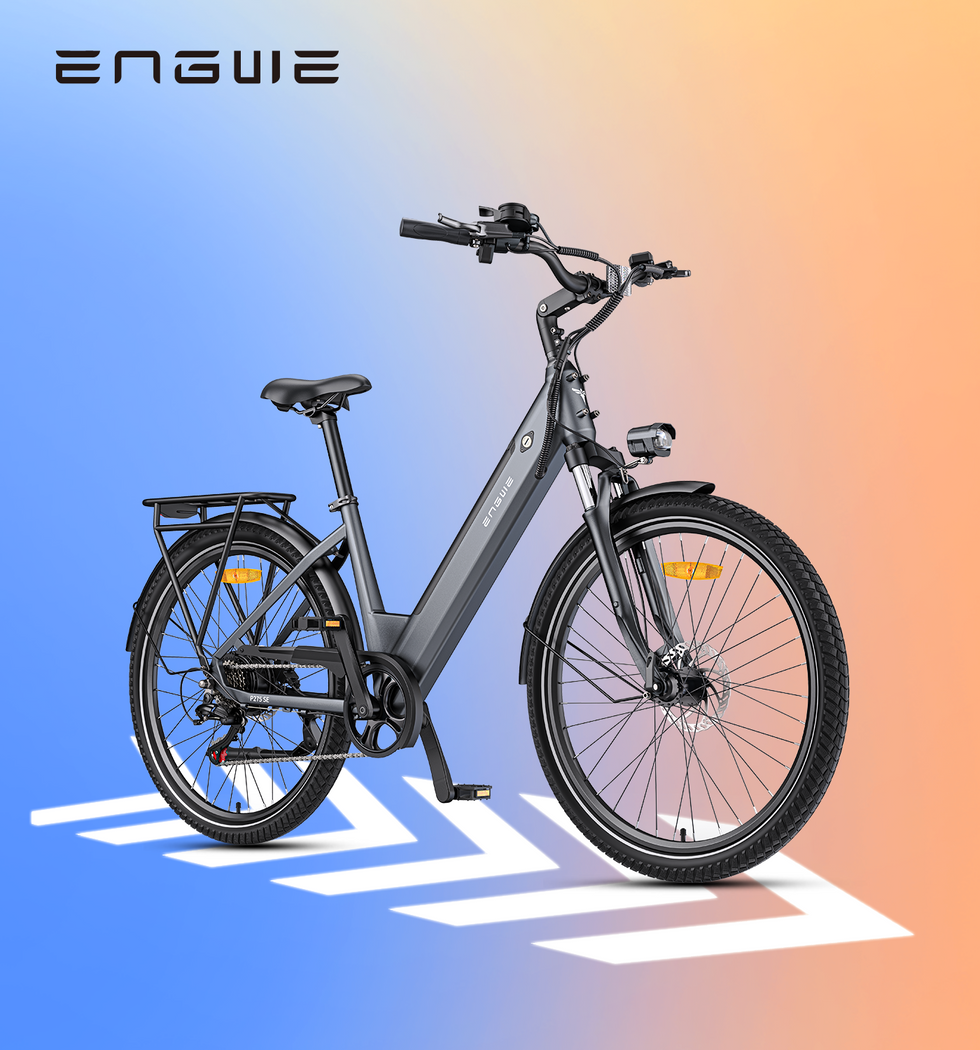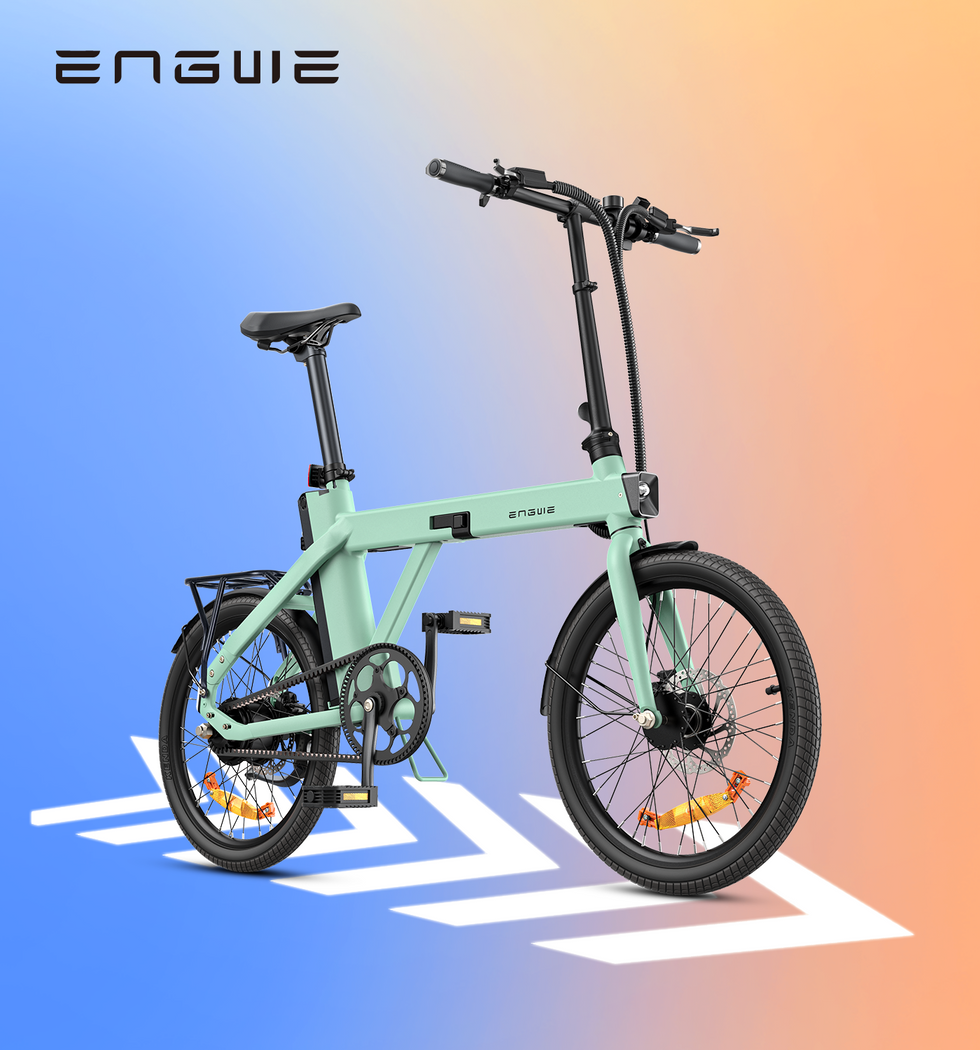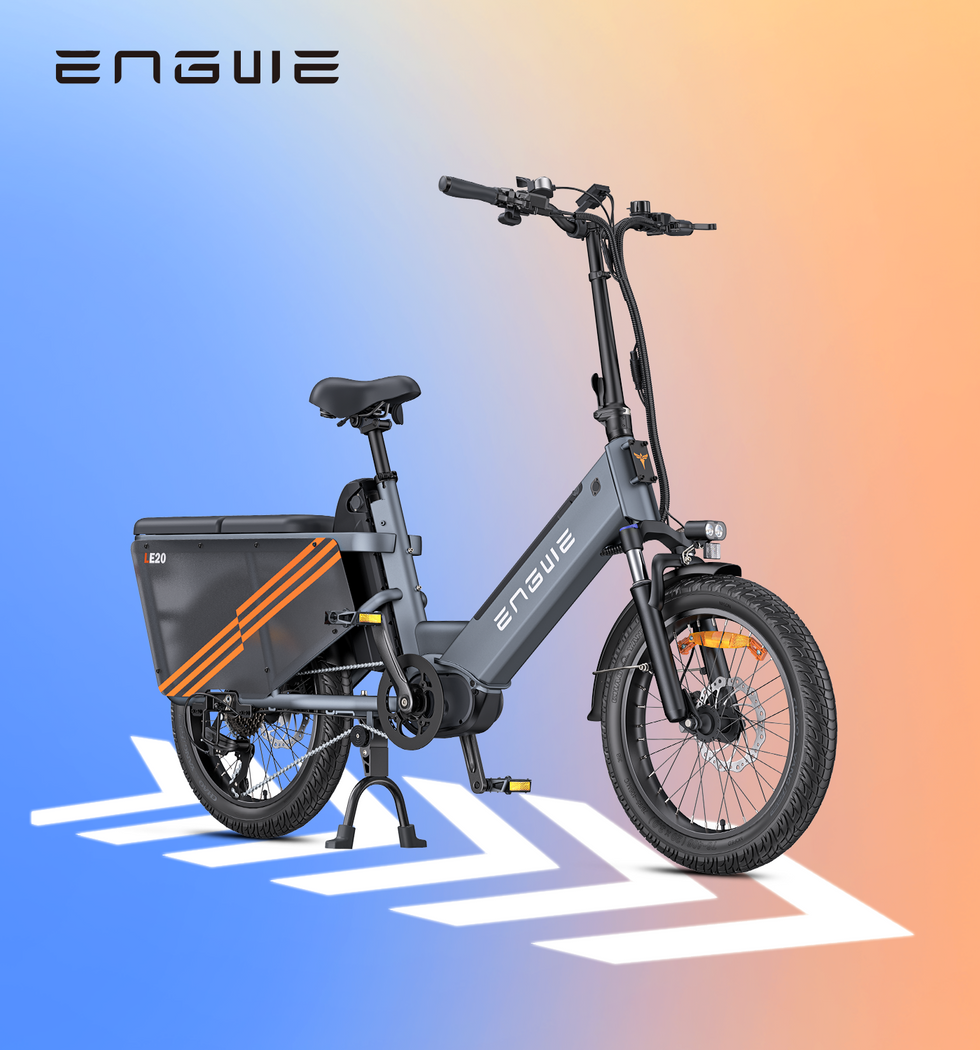Imagine the perfect cycling day. You're in the sun, with the road planned and open before you. Now imagine the same day but the hills are small and the headwind is a light breeze, and the idea of adding another 20 miles to the ride is appealing rather than agonizing. This isn’t make-believe; this is what riding an electric road bike is really like. At first, for many riders, the notion of an electric bike can seem to violate the purity of cycling. But the moment you begin to push down on the pedals and that uninterrupted, smart assistance kicks in, you know this isn’t about replacing your effort. It’s about taking that and elevating it, bringing it up to a new level of enjoyment and possibility in a sport you already love.
The Unmistakable Feeling: What Does it Feel Like to Ride?
The first time I tried it was a game-changer. I was sceptical; I felt like I was settling. But then as I approached the first challenging climb on my test ride, one that would typically see me out of the saddle and grinding down the gears, something unusual occurred. Beneath me, the bike purred softly, virtually whispering, as if it knew what I wanted before I did. It wasn’t so much a whump or a kick but a 400-pound person with your legs, à la a jockey. The work was still mine, my HR was still up there, but the fight was gone in the place of which was a powerful, controlled climb. And this is the heart of the experience: you are always the rider. You are always pedalling. The electric bike just makes the power you bring to the game exponential. A Herculean headwind becomes a comfortable challenge and a mountain becomes a molehill, so you can concentrate on your cadence, your surroundings, and the pure joy of the ride. It doesn’t ride the bike for you; the bike makes you a stronger you.
Deciphering the Tech: What you need to know about the tech.
When you first start shopping for a Trek electric road bike, you’ll hear some words thrown around. Knowing these basic features is important in your search for the perfect bike. The motor is the centrepiece of the system. In road bikes, they tend to be lightweight hub or mid-drive systems that are as unobtrusive as possible. Even e-bikes are governed by law in the UK to 250W continuous power and they will only help you out – cut the assist and you’re back down to your pedalling rhythm – to a speed of 25 km/h (15.5 mph). Then there’s the battery, which is that bike’s fuel tank. Your mileage will vary, depending on its capacity (in Watt-hours, Wh). The majority of electric road bikes feature the battery seamlessly integrated into the down tube, maintaining the traditional road bike appearance. The range itself is very much a moveable feast, affected by terrain, rider weight and which assistance level you opt for. Finally, there’s the control system, typically a basic unit on the handlebars that lets you switch between different levels of assistance, from a gentle eco mode for long flats up to a grunty turbo mode for the steepest hills. All of it is designed to be as intuitive and unobtrusive as it can be, so it only adds to your ride rather than trying to distract you from it.

Who Should Consider A Trek Electric Road Bike? Finding Your Perfect Match
The wonderful thing is, this technology should be as engaging to a 70-year-old steel rider as a 25-year-old carbon spender. Think of the dedicated club rider who strives to stay with the swift group on a Sunday ride without redlining up every climb. Or the long-range commuter who wants to get to work fresh and suitably energised – not shattered and sweaty – without breaking a sweat on their hilly run-in. It's a great companion for cyclists returning from either injury or illness to slowly rebuild their strength and confidence without pushing it too hard. It is also for the explorer who sees a massive 100-mile route on a map and thinks, 'I can do that,' and the e-bike assist will be there if they need it to get home when the legs just aren’t working. It spans that fitness gap allowing friends, couples and family members with different abilities to ride together without leaving anyone behind. This isn’t about ability; it’s about access and expanding the limits of what you once thought possible on two wheels.
Something for Everyone: The Emergence of All-Terrain E-Bikes
While you can play king of the hill on a slick-surface Fizik-shod electric road bike, some riders are finding they want an all-rounder to take care of business. This is where a brand like ENGWE is truly standing out by changing how an electric bike looks and feels. But rather than being all about lightweight on-road action, ENGWE is the flag bearer for adaptability with bikes such as the EP-2 Boost. This bike is a different philosophy. It's designed for the real world of diverse commutes and weekend adventures. Its sturdy, foldable frame means you can throw it on a train or tuck it away into a flat, something you can’t really do with traditional road bike designs. With powerful 180mm disc brakes and robust 20 x 4.0 fat tyres, it’s not confined to smooth tarmac; it will handle loose tracks, park lines, and rough city streets with ease. The smart torque sensor makes for a smooth ride with instant power from the 55Nm of assistance coming when you hit the Boost button to effortlessly tackle the steepest hills.

With its super-long 120km range from its 48V 13Ah removable battery, you’ll never have to worry about that range anxiety feeling ever again. As a daily rider that can handle a commute, the trip to the grocery store with a full load on the included rear rack, and a little fun on the weekend, the ENGWE EP-2 Boost can deliver a strong combination.
The Basics: What to Know in the Day-to-Day
There are a few things to consider when living with an electric road bike. The most noticeable is weight. The motor and battery also mean they weigh several kilogrammes more than a similar non-electric model; something to consider if you have to carry it up stairs. For the most part, maintenance can be very similar to a regular, non-electric cycle – keeping the tyres pumped up, the chain clean, as well as keeping the brakes serviced. These tend to be very reliable, but it’s best to have a bike mechanic familiar with e-bike systems carry out any serious servicing. Recharging is easy: most batteries can be charged on or off the bike by plugging them into any regular wall outlet, typically in a few hours to maximum capacity. Lastly, you should know the law. In the UK, an electric bike needs a motor that doesn’t exceed 250W and assistance must stop when it reaches 15.5 mph (which can be a little problematic when you’re climbing a steep hill). Provided the bike meets these EAPC (Electrically Assisted Pedal Cycles) regulations, you can ride it anywhere a normal bike is allowed, i.e., you don’t need a license, tax or insurance to ride one on the road. An electric road bike is your crowd-free personal guarantee that every ride has the potential to be a great ride.

Frequently Asked Questions
1. Does an electric road bike provide a decent workout?
Absolutely. This is one of the greatest myths. A little clarification: An e-bike is not a scooter; no pedalling, no go. The amount of effort is totally in your hands. You can ride in a low-assist or no-assist mode for a tough workout, or crank up the assistance to keep a higher average speed and climb hills with less effort. It has been found that e-bike users can often travel longer distances and more frequently than conventional cyclists, which leads to large overall fitness benefits. It enables you to moderate your effort, which is great for interval training, or when you want to husband your energy over many hours of riding.
2. How much distance on an actual single charge of the battery?
It is a best case when advertised. There are several main factors that determine the real-world range of an electric bike: The biggest one is the amount of assistance you’re consuming; riding in a high-power or even turbo mode burns through battery quicker than in the eco mode. There are other factors too – from the terrain (more hills means more power), to the weight of the rider, the pressure in the tyres, and even the outside temperature and wind conditions. An average modern electric road bike might have a realistic range of 40 to 80 miles, but it can vary enormously. The routine we recommend is to begin with shorter rides, followed by longer ones to determine how your bike battery and its bike setup behave after the power runs out, on your usual routes.
3. Why are electric road bikes so much heavier than regular ones?
The extra heft stems mainly from the three core electric components: the motor, the battery, and the reinforced frame required to support the increased power and heft. The heaviest single part is the battery, typically weighing between 2-4 kg. The motor contributes an additional 2-4 kg. Manufacturers are always trying to shed this weight (with carbon fibre frames and lighter, more efficient systems) but an electric road bike will always be a fair bit heavier than its non-electric sibling. You really feel this when lifting the bike, but not so much when riding because the motor supplements it well.
4. What are the e-bike rules in the UK?
In the UK, an e-bike has to satisfy certain conditions to be known as an 'electrically assisted pedal cycle' (EAPC) and receive the same treatment as a regular bicycle. The power output of the motor should not exceed 250W continuous. The electrical support has to be deactivated above a speed of 25 km/h (15.5 mph). It also must be propelled by the rider and cannot be provided as a 'twist and go' only type e-bike (with exception to power-assisted cycles). If a bike meets those rules, you don’t need a licence, you don’t need to register it and you’re allowed to ride it on roads and cycle paths. In the UK you have to be at least 14 years old to ride an EAPC.
5. What maintenance is unique to an e-bike?
Although most maintenance is identical to a regular bike (brakes, gears, chain), the electric components need their own sort of love. It’s important to comply with the manufacturer’s advice for maintaining batteries, typically including avoiding extreme temperatures and not letting the battery sit fully discharged for lengthy periods. You ought to periodically verify whether all electrical connections are tight and clean. The motor is a sealed unit and generally requires no lubrication. But because e-bikes are heavier and more powerful, the chain, cassette and brake pads can wear more quickly, so weekly checks of these parts are even more essential. Plus, you may also want to consider having the bike’s software and firmware checked and updated by an authorised dealer at its annual inspection.



